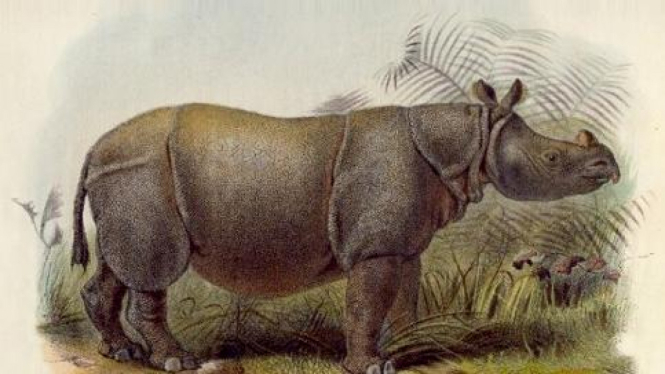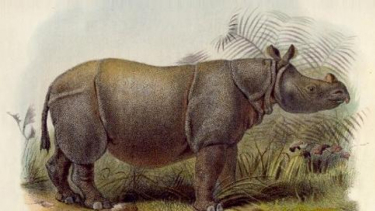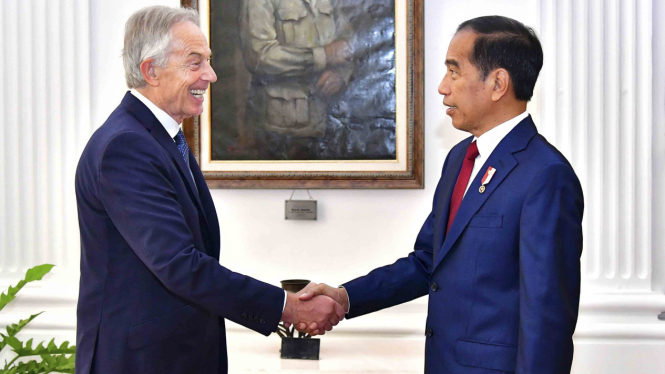- Rhino Resource Center
VIVAnews – President Susilo Bambang Yudhoyono had launched International Rhino Year 2012 in a bid to mobilize global efforts to conserve and protect the wild animal from extinction.
Many may not know the fact that Indonesia is home of two of the five species of rhino in the world, namely the Sumatran Rhino (Dicerorhinus sumatrensis) and the Javanese Rhino (Rhinoceros sondaicus). The latter is on the brink of extinction if no rescue efforts are made.
In October 2011, the last Javanese Rhino in Vietnam was found dead with a bullet wound found in one of its legs. Its horn had been amputated. Javanese Rhino was declared extinct in Vietnam. The last hope to preserve this species lies with Indonesia in Ujung Kulon National Park (TNUK).
Chief of the National Park’s Cooperation and Public Relation Affairs, Indra, said that based on the monitoring of the rhino population using video trap camera, 35 Javanese rhinos still exist in the national park.
“They are 22 males and 13 females. Five of them are still young,” he told VIVAnews on Wednesday.
The existence of the younger rhinos proves the regeneration of the species has been unimpeded.
"This is the momentum to make known of the Javanese Rhino to the public. It's just as what Mr. JK (Jusuf Kalla) did to the Komodo dragons. The more famous the species, the more support the public will give,” he said.
Deadly mysteries and myths
Although the Javanese rhinos have been around since thousands of years ago, not many people aware of their existence.
It has never been easy to make approaches to the species. They live a solitary life. If approached by human, the rhino will act aggressively and may attack using its teeth.
“Why could they eat plants that would burn human hands when touched? What type of substances that they have in their body? It’s still a mystery,” said Indra.
There are allegations that their antisocial life is a result of the population pressure. Species living in herds are usually prone to threats.
The greatest threat comes from humans hunting for their horns.
More than 2,000 years ago, rhino’s horns have become valuable commodity for Chinese medicine, especially for men’s vitality. The skin is used to make armor. The horns of Javanese Rhino are highly valued at around $30,000 per kilogram.
Indra said no empirical evidence of the horn’s effects in medical science has ever been found.
“The claim was made just for business purposes. There are no special effects, medically speaking,” he said. However, the myth has already turned the species into an object of massacre.
He continued that the people of Ujung Kulon do not hunt the Javanese Rhino since 10 years ago.
“People around the national park do not hunt the Javanese Rhino. They called the species “Abah Gede”. There’s a belief that disturbing or hunting the species is a taboo.”
However, another threat is posed: interest conflict with humans.
“Now, the biggest threat is the conversion of forest into agricultural farms.”
In the 1990s, the recorded farm area was 400 hectares, which extended to 3,500 hectares by 2008.
“If this continues, the habitat of Javanese Rhino is getting smaller.”
Another threat comes from nature: the looming natural disaster. The Ujung Kulon peninsula was once destroyed by the eruption of Mount Krakatau in 1883.
Once the habitat exposed to a disaster, the Javanese Rhino will extinct.
“An endangered species accumulated only in one location has a high risk of extinction because of diseases and natural disasters such as volcano eruption and tsunami,” said Indra.


















